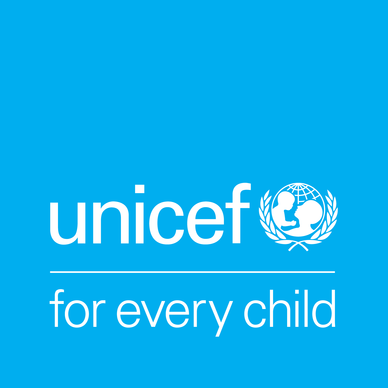What happened in Nepal?
On 25 April and 12 May 2015, two major earthquakes left nearly 9,000 people dead and more than 22,300 injured in Nepal.
Aftershocks and landslides caused widespread panic and further traumatised the people of Nepal as well as presenting greater challenges to humanitarian aid operations.
More than one million children needed urgent humanitarian aid. Nearly 890,000 houses were destroyed, 765 public health facilities damaged and 32,000 classrooms destroyed or damaged beyond use. Operations were further hampered by the onset of the monsoon season.
How did my donation help children in Nepal?
Here in the UK, UNICEF raised a total of £7 million for Nepal’s children. We worked closely with the government of Nepal and humanitarian partners to help rebuild the lives of children across the earthquake-affected districts. This included delivering water and sanitation, health, nutrition, education, child protection and social protection services for vulnerable children and their families.
Watch our film to see how your support helped hundreds of thousands of families in Nepal start to rebuild their lives after the earthquakes, or read our Nepal: One year on report (pdf).
Although Nepal is on the road to recovery, our staff continue to support children through the reconstruction and resilience-building process.
As a leader in emergency response and an expert on children’s long-term needs, we’re working with children, families, communities and governments to make sure that children are better prepared and protected for future emergencies.
Discover how, with UNICEF support following the earthquakes, more children in Nepal are now safe from child trafficking.
Because of your amazing support, our teams were able to respond rapidly, delivering life-saving food, clean water and medicine for children in danger.
Help keep children safe when an emergency hits
When a disaster like the Nepal earthquake strikes, UNICEF staff are ready to respond rapidly to deliver life-saving food, medicine and water, education and protection services so children in danger get the help they need.
We rely on money from our Children’s Emergency Fund to do this. And we rely on donations from the British public to keep the fund alive and enable us to respond to emergencies, whenever they come, and whatever their size.

Children at a UNICEF-supported child-friendly space in Kathmandu following the first earthquake in 2015.
UNICEF/Panday




